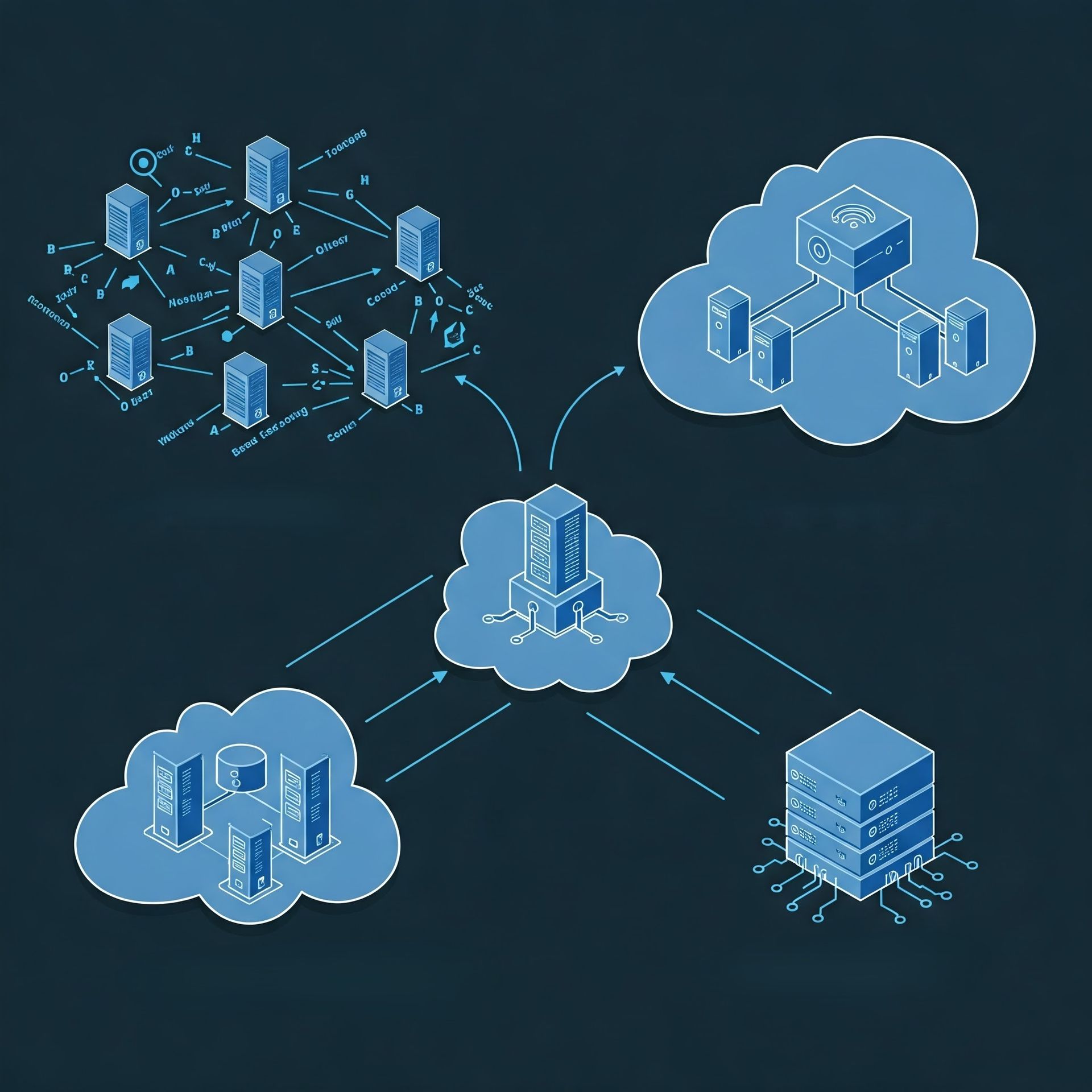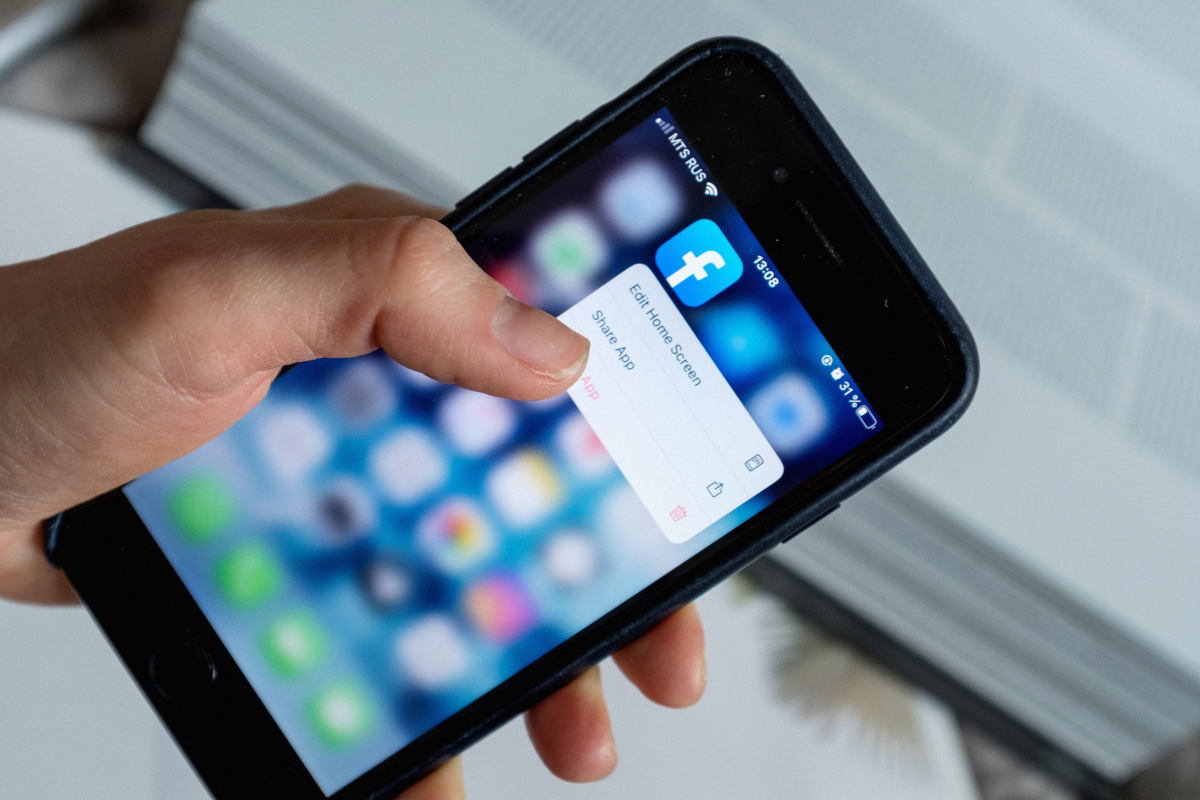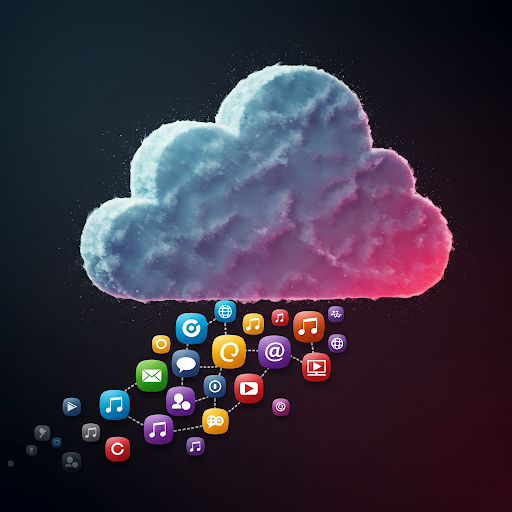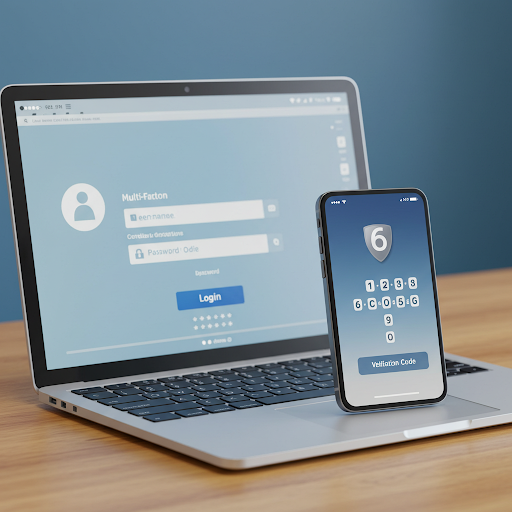Beyond Passwords Everyday Items That Put Your Data at Risk (And How HCS Can Help)
Discover the Unlikely Threats Lurking in Your Daily Life and How to Protect Yourself

Beyond Passwords: Everyday Items That Put Your Data at Risk (And How HCS Can Help)
In today's digital world, we often focus on protecting our data with strong passwords and antivirus software. However, many everyday items can pose significant security risks, often overlooked until it’s too late. At HCS, we understand that comprehensive data security extends beyond your computer screen. Let’s explore some of the hidden dangers lurking in your home and office.
1. Old Smartphones: A Pocketful of Personal Data
We upgrade our smartphones frequently, leaving a trail of old devices filled with sensitive information. These devices store banking apps, personal health data, and countless photos and documents. Simply discarding them without proper data wiping is a recipe for disaster.
- HCS Tip: Before disposing of an old smartphone, perform a factory reset and use specialized data wiping software. Consider professional data destruction services for maximum security.
2. Wireless Printers: Network Vulnerabilities
Wireless printers, while convenient, connect to your home or office network, making them potential entry points for hackers. These devices can store sensitive documents and, if compromised, provide access to other connected devices.
- HCS Tip: Regularly update your printer's firmware, change the default password, and turn it off when not in use. Segment your network to isolate printers from critical systems.
3. USB Sticks: Malware Bait
Finding a random USB stick might seem like a lucky break, but plugging it into your computer could infect your system with malware. Hackers often leave these devices as bait, hoping someone will unknowingly compromise their network.
- HCS Tip: Never plug in a USB device from an unknown source. Educate your team about the risks of using found devices.
4. Old Hard Drives: Hidden Data Reserves
Simply deleting files from an old hard drive isn’t enough. System files and browser data can still contain sensitive information. Proper data wiping requires specialized tools and expertise.
- HCS Tip: Use professional data wiping software or physically destroy the hard drive. HCS can provide secure data destruction services.
5. Trash Cans: A Goldmine for Identity Thieves
Identity thieves don’t just operate online; they also sift through your trash. Discarded documents like pre-approved credit card offers, bank statements, and insurance paperwork can provide valuable information.
- HCS Tip: Shred all documents containing personal information before discarding them. Invest in a cross-cut shredder for added security.
6. Children’s IoT Devices: Unsecured Data Points
Smart toys and children's IoT devices often lack robust security features, making them easy targets for hackers. These devices can collect personal data and even be used for surveillance.
- HCS Tip: Research the security features of IoT devices before purchasing them. Regularly update their firmware and change default passwords. Monitor network activity for suspicious behavior.
Schedule a Home or Business IT Security Audit with HCS
Don’t let these hidden vulnerabilities compromise your data security. HCS offers comprehensive IT security audits to identify and address potential risks. Our expert team can help you implement robust security measures and provide peace of mind.
- HCS Benefits:
- Identify and mitigate hidden security risks.
- Implement secure data disposal practices.
- Strengthen your home and business network security.
- Protect your identity and sensitive information.
Contact HCS today to schedule an IT security audit and take control of your data security. We’re committed to helping you protect what matters most
HCS Technical Services











